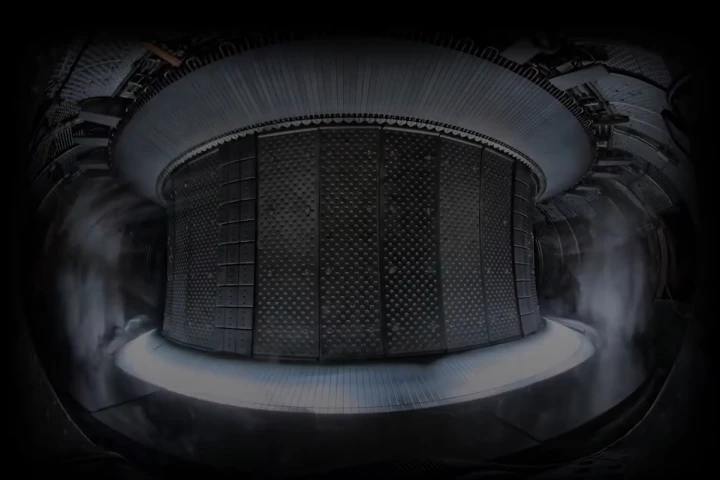TV picture quality has improved by leaps and bounds in recent years, with most manufacturers currently bringing Ultra High Definition beauties to market when only a short while ago HD seemed more than sufficient. Meanwhile, say researchers from Fraunhofer IIS, advances in audio playback have not been so awe-inspiring. Gizmag got the opportunity to sample a promising system under development that's based on the MPEG-H standards, which will offer listeners greater control over what they hear during TV broadcasts.
The prototype on display at Fraunhofer's IFA 2014 booth was not a big screen TV, but a small touchscreen display (at the moment, it's thought that future viewers will use a TV remote to use the system). The audio system is based on an a new efficient audio codec which includes processing for optimized listener experience.
As well as being able to control overall volume, the test unit allowed us to enhance background commentary or listen in to what was going on away from the main action.

The example on offer was a clip from the world of motorsports, giving us the option to zone in on dialog from the pits. We could also change the language of the race commentary, which kicked in immediately when the relevant onscreen icon was selected. The system will also be capable of optimizing playback for different speaker configurations or headphones, and support accessibility features such as audio descriptions of onscreen action.
There were also a number of options included that would only be available to broadcasters, and would allow custom adjustment of audio elements to best suit their particular needs.
Fraunhofer says that MPEG-H will bring true 3D audio to television viewers for a more realistic and engaging experience. Though the audio was output through quality Bose headphones, a good deal of background noise from a busy IFA means we're unable to verify such a claim. But being able to configure advanced audio settings to suit personal preferences on the fly was quite liberating. For the time being though, research continues.
Source: Fraunhofer





